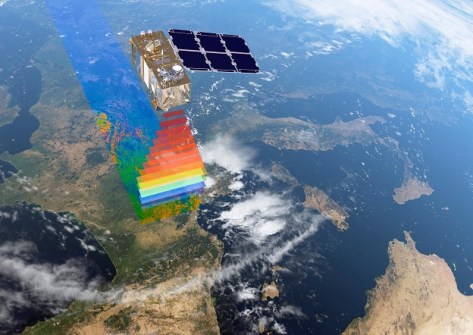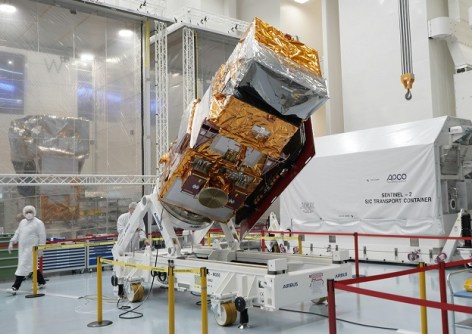
Geoscience Australia has advised users of Digital Earth Australia that the switch is being made from Sentinel-2A data to Sentinel-2C data.
Sentinel-2C was launched into orbit aboard the final Vega-type rocket on 5 September (Australian time) last year, to replace Sentinel-2A, which was launched in June 2015.
The Sentinel-2 mission is based on having two identical satellites flying in the same 786-km-altitude orbit, but spaced 180° apart.

The multispectral imager aboard Sentinel-2C generates images in 13 spectral bands at visible, near-infrared and shortwave-infrared wavelengths with resolutions of 10 m, 20 m and 60 m, and a swath width of 290 kilometres.

DEA users are advised that the new ga_s2cm_ard_3 product will begin receiving data for both the NRT and definitive offerings over the coming weeks, with a Tech Alert to be issued once the process has been completed. Users will need to change from using DEA’s Sentinel-2A data products to using the equivalent Sentinel-2C data products.
Further details will be made available on the DEA Knowledge Hub: Sentinel 2A Analysis Ready Data product page and DEA Tech Alerts page.






